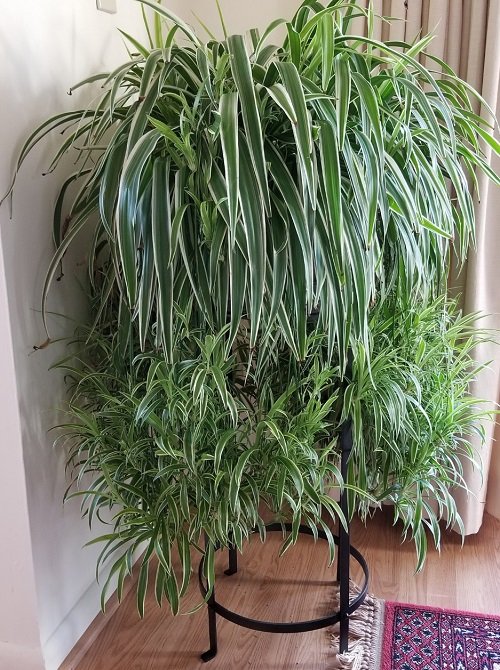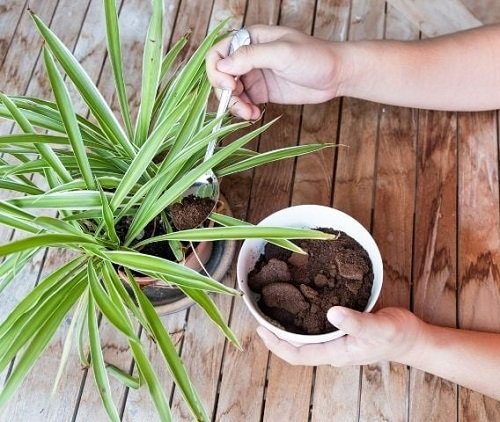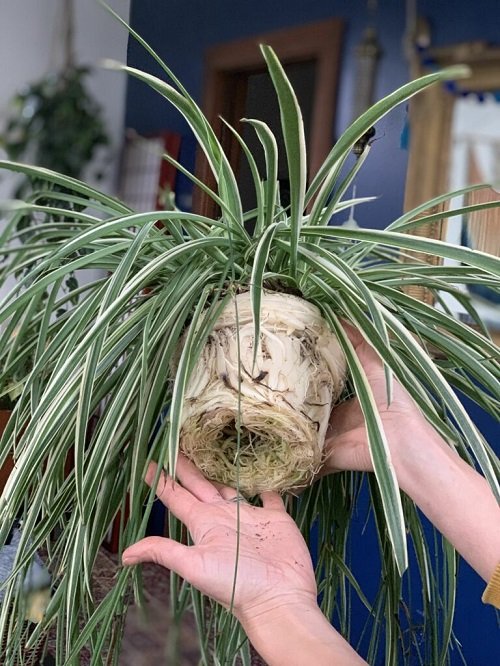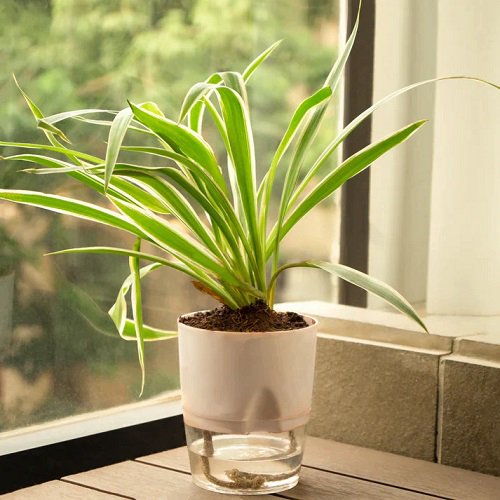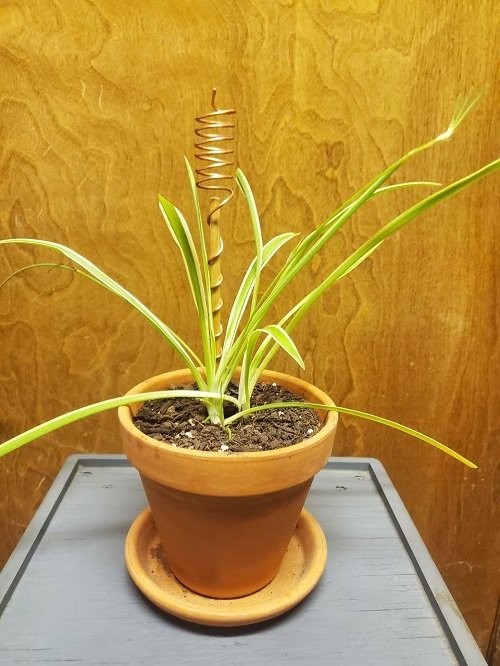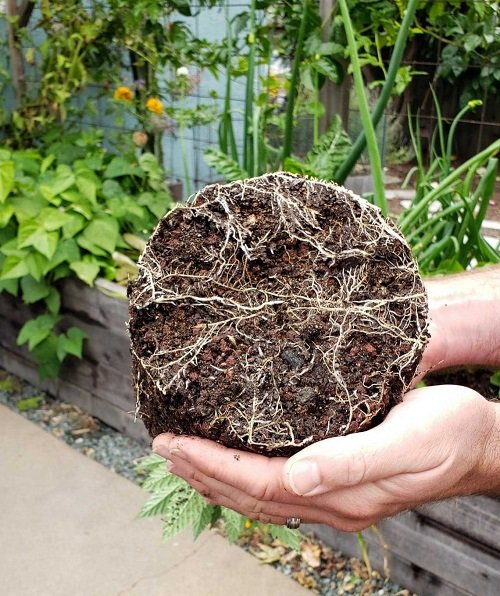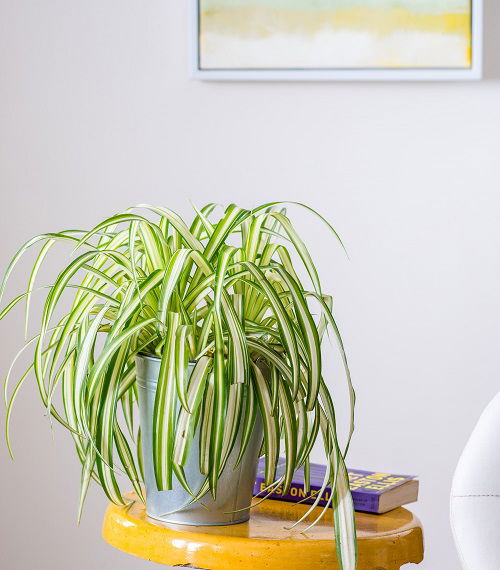Want to know How to Grow Spider Plants Faster? Follow these tips and tricks to ensure they thrive well with the right speed!
If you are looking for some out-of-the-box tricks on how to grow spider plants faster that actually work, then you are in for a speedy treat!
Spider plant care indoors
How to Grow Spider Plants Faster
1. Maintain the Ideal pH Range
The number one tip to make spider plants grow faster is to maintain the soil pH these houseplants prefer. For that, you can feed coffee grounds to them. When added to soil, this may slightly alter the pH and also work as a soil ammendment.
This can significantly help to maintain the pH range around 6.1 to 7.2 – something in which these plants thrive. Do ensure to use a pH meter to come to the right range – this will help you to increase or lower the amount of coffee grounds in the growing medium.
List of houseplants that love coffee
2. Keep them in a Slightly Root Bound State
In mild root-bound conditions, the plant won’t be able to expand its root system and thus will utilize its energy to grow more leaves and top growth. – this will make it grow speedily!
However, avoid keeping the plant in an excessive root-bound stage. If you notice the roots coming out of the drainage holes, or the top soil, then re-pot it in one size bigger pot.
3. Use Gibberellins or Cytokinins
Applying plant growth regulators (hormones) like gibberellins or cytokinins can stimulate cell division and elongation, which can result in faster growth of both stems and leaves.
- Gibberellins are primarily involved in promoting stem elongation. Use a very low concentration (in the range of 1-10 mg/L) and water the plant once a month with this solution.
- Cytokinins promote cell division and leaf expansion and can delay the aging of leaves. Use at a low concentration (about 5-10 mg/L) once a month. (As same as gibberellins solution).
Note: This should be done cautiously, as it can disrupt the plant’s natural growth patterns.
4. Magnetized Water Irrigation
The theory behind this approach is the change in the ionic content and pH of the water, which can potentially improve nutrient absorption and root health in plants.
For this, drop a big piece of magnet in the pail of water overnight and then use its water the next day to moisten the growing medium. You can do this once every 2 weeks and see the results.
5. Electroculture
Electroculture involves using electric fields or currents to stimulate plant growth. While its effectiveness varies, applying a low-intensity electric current to the soil around your spider plant might encourage faster leaf growth and stronger root development.
For this, you can use two 1.5-volt batteries in a circuit to stimulate current in the growing medium. Use it for 1 hour every week. Consider this an experiment, this may or may not have the effects on the plant you are expecting.
6. Mycorrhizal Inoculation
Inoculating the soil with mycorrhizal fungi can lead to a symbiotic relationship where the fungi enhance nutrient and water uptake. This method could significantly boost the overall health and growth rate of Spider Plants.
If you’re using it, it is available in both powder or liquid form – do refer to the label for dosage and instructions.
You can also go for probiotics – we have a great article on it!
Provide Ideal Growing Conditions
- Spider plants can tolerate low light conditions but grow best in moderate to bright sun. Make sure they get indirect light all day long. East-facing windows are ideal, as they offer bright morning light without the harshness of mid-day sun.
- Water thoroughly, but wait until the top inch of soil feels dry to the touch.
- Using general-purpose potting soil mixed with perlite or coarse sand would be the best bet.
- Feed with a balanced, water-soluble fertilizer (Diluted to 1/2 of its strength) every month during spring and summer.
-
Spider Plant Care Indoors | Growing Spider Plant in Home


